To answer your quesitons, I first have to explain a bit about stack and heap allocation in modern operating systems.
Stack as the name suggest is the continues memory allocation, where cpu uses push and pop commands to add/remove data from top of the stack. I assume that you already know how stack works. process stores - return address, function arguments and local variables over stack. Every time a function is called, more data is pushed (it could ultimately lead to stack overflow is no data is popped ever - infinite recursion?). Stack size is fixed for a program when it is loaded in the memory. Most of the programming language lets you decide stack size during compilation. If not, they will decide a default. On Linux, maximum stack size(hard limit) is limited by ulimit. You can check and set the size by ulimit -s.
Heap space however, has no upper limit in *nix systems(depends, confirm it using ulimit -v), every program starts with a default/set amount of heap and can increase as much needed. Heap space in a process is actually two linked lists, free and used blocks. Whenever memory allocation is required from heap, one or more free blocks are combined to form a bigger block and allocated to the used list as a single block. Freeing up means removing a block from the used list to the free list. After Freeing the blocks, heap can have external fragmentation. Now if the the number of free blocks can't contain the whole data, process will request more memory from the OS, Generally the newer blocks are allocated from a higher address. Thus we show upward direction diagram for heap growth. I rephrase - Heap does not allocate memory continuously in a higher direction.
Now to answer your questions.
With compile-time or load-time address binding, how are the stack and
the heap segments placed in the physical address space of a program ?
Fixed stack is allocated at compile time, with some heap memory. How are placed have been explained above.
Is the space between the heap and the stack reserved for the program
or is it available for the OS to be used for other programs ?
Yes it is reserved for the program. Process however can request more memory to add free blocks in its heap. It is different than sharing it's own heap.
Note: There are lots of topic which can be covered here as the question is broad. Some of them are - garbage collection, block selection, shared memory etc. I will soon add the references here.
References:-
